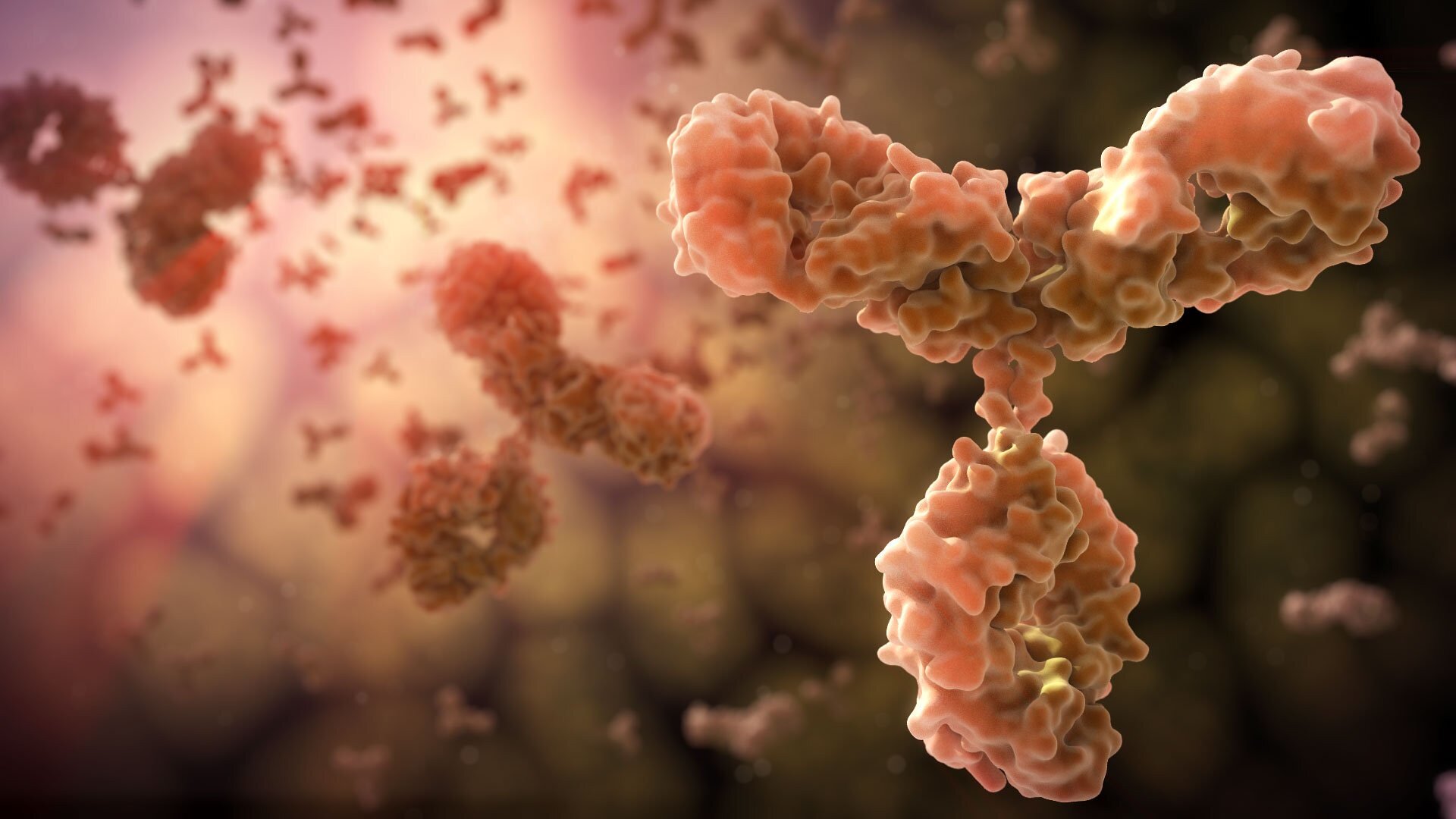Spotlight on Medical Animation Genius John Liebler
Meet the man behind The Inner Life of a Cell. John Liebler, lead medical animator for XVIVO, a scientific animation company based out of Connecticut. He has a background in Graphic Design/Illustration from the University of Connecticut. Although he does not have formal training as a medical illustrator, he relies on his research skills to learn as much as he can about any given scientific topic.
Learn to research. Learn how to find the reference materials which will inform your animation. The art is in the details. Get as much reference as you can, because the details that are already present in nature can be far more beautiful and strange than anything we could make up. Even when you have to make something up, if you've done the research, you'll have a wealth of factual data to fabricate with. Art is about making choices, and sometimes just guesses, but the more information you have, the better your choices will be.
John' award winning animation, The Inner Life of the Cell, is really pushing the boundaries of what medical animations can accomplish in education.

The first in a planned series of animations for Harvard University's Department of Molecular and Cellular Biology, "The Inner Life of the Cell" takes undergrads beyond textbooks and vividly illustrates the mechanisms that allow a white blood cell to sense its surroundings and respond to an external stimulus. This animation explores the different cellular environments in which these communications take place.
Self taught 3D animator, John created "The Inner Life of the Cell" using Newtek's Lightwave 3D, Adobe After Effects, and Happy Digital's HD Instance plug-in. The protein structures in the cell were created as accurately as possible using the Protein Data Bank Reader. Students viewing this animation and others like it will get much better representations of cell structures. No more of those oversimplified shapes representing proteins. Excellent accomplishment John.
Take a look at John's new web site artofthecell.com.
